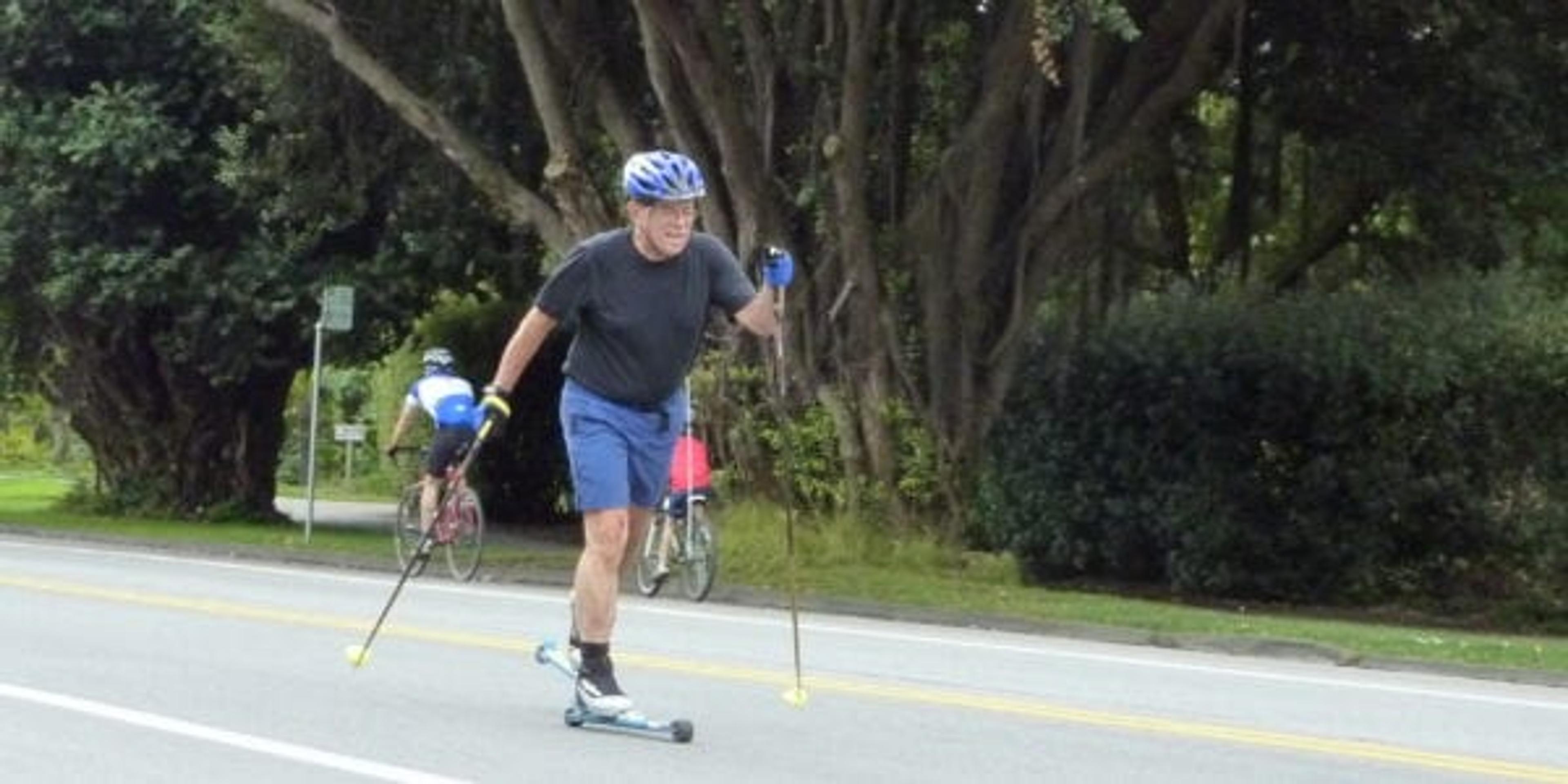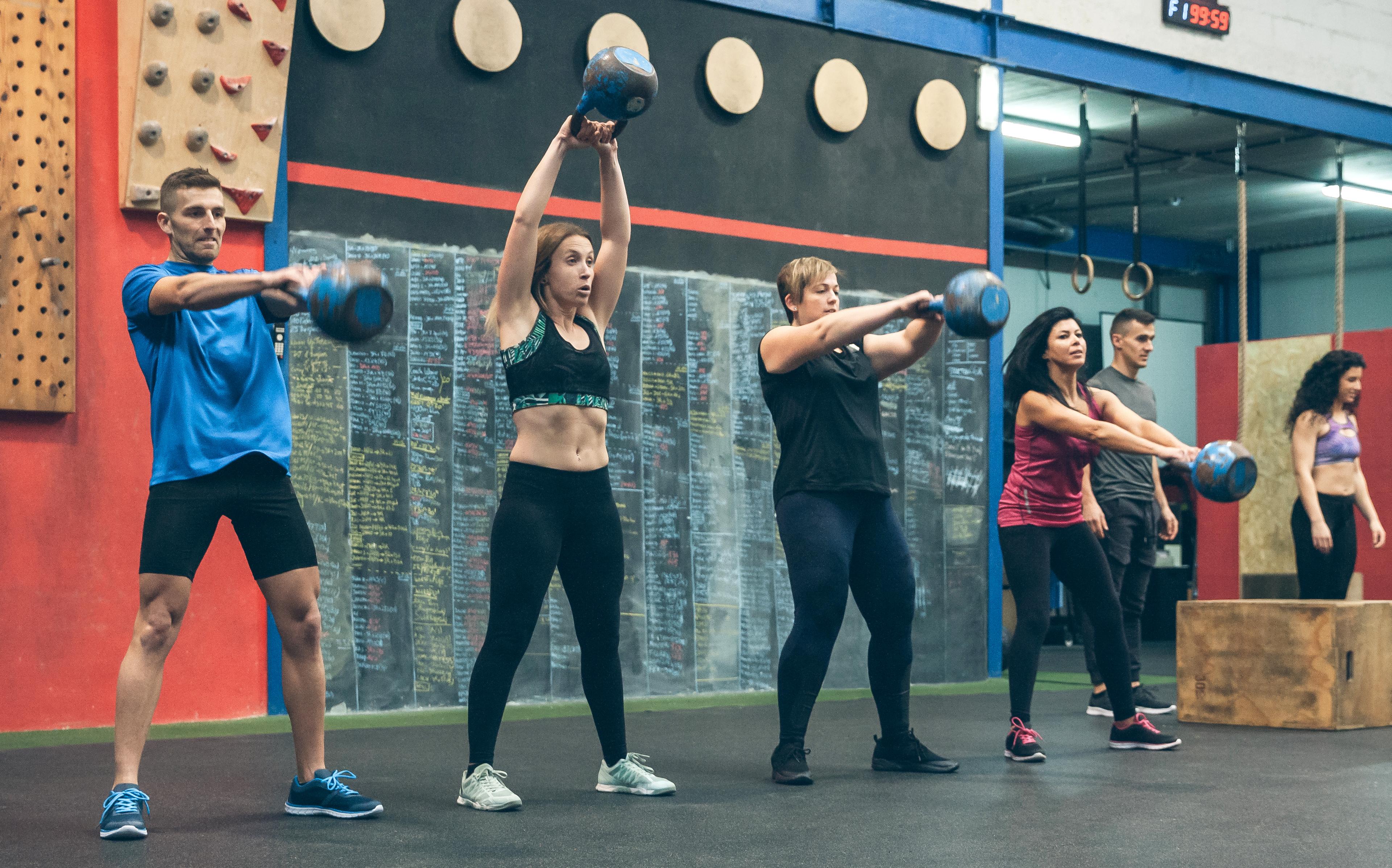New Fitness Trend: Roller Skiing

Julie Bitely
| 3 min read

Roller skiing started off as a workout for cross-country ski enthusiasts during the summer months, but has spread as a unique way to stay fit year-round.
This fitness trend, starting back in the mid-1930s in Italy and parts of Northern Europe, was a way to simulate the sport of cross-country skiing without the snow. Roller skiing can accommodate both of the cross-country skiing techniques of classical and skate skiing. The sport has grown in popularity and is now a widely known activity, even developing its own official World Championship.
Health benefits
Whether you’re training for the winter, trying to get fit or just looking for something new, roller skiing accommodates many goals. It engages your whole body, strengthening 90 percent of your muscles.
It requires not only strength and agility, but the coordination of your upper and lower body muscles in a way that cannot be replicated on a treadmill or even a bike. This low-impact sport is easy on the joints, which keeps people with varying skillsets coming back for more.
Preparation
If you’ve cross-country skied before, roller skiing should feel familiar. If you haven’t, it’s easy to pick up on.
You’ll need the correct skis, boots and poles based on your height and weight. You can easily find these through specialty ski shops. Next, you’ll need to find a trail that you’re familiar with. Finding a trail that doesn’t contain steep hills can be essential for beginners, considering roller skis do not have break systems. Ideal spots include paved trails that don’t contain uneven sidewalks or much traffic.
Cross-country skiers claim to really enjoy roller skiing due to the predictability of the trails. While asphalt is more predictable, it can be an unforgiving surface in comparison to snow. You may fall, so it’s important to take certain safety measures. You should always equip yourself with protective gear such as a helmet, knee pads, elbow pads and gloves. While these items cannot fully protect you from road rash, they can at least lessen the potential harm.
Starting out
After finding the right trail, it’s time to gear up. It’s recommended to first get used to balancing on your skis. Once you are comfortable on the skis alone, start to step ski to ski balancing on one foot as you go. Incorporate the poles to aid in propelling you forward. The more you practice the better you will get and the easier it will be to add your own personal technique. Taking lessons from a seasoned roller skier (just like we do for snow skiing) is an excellent way to gain some important knowledge such as increasing your length of glide on each ski for greater efficiency and less fatigue.
Big picture
Roller skiing is a great way for both the professional athlete and the occasional skier to exercise in a temperate outdoor environment. Being outdoors alone can increase a person’s overall health, especially if you are stuck inside for eight hours every day.
Studies have shown you can increase your vitamin D levels, improve your concentration and more, just by being outside. Roller skiing can perhaps have a multiplier effect. Whether you’re a pro or beginner, this sport can be enjoyed while increasing overall body strength, stamina, balance and more.
If you liked this article check out the ones below:
Photo credit: Eugene Kim





